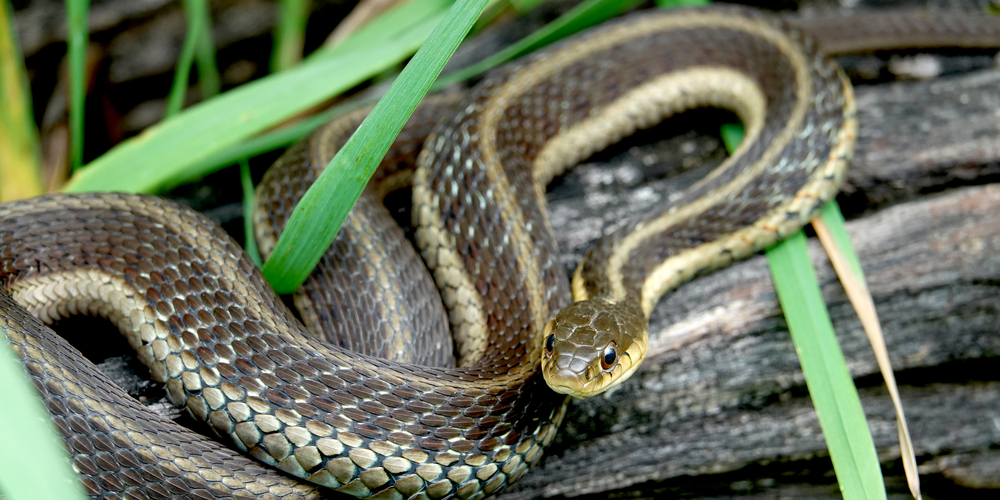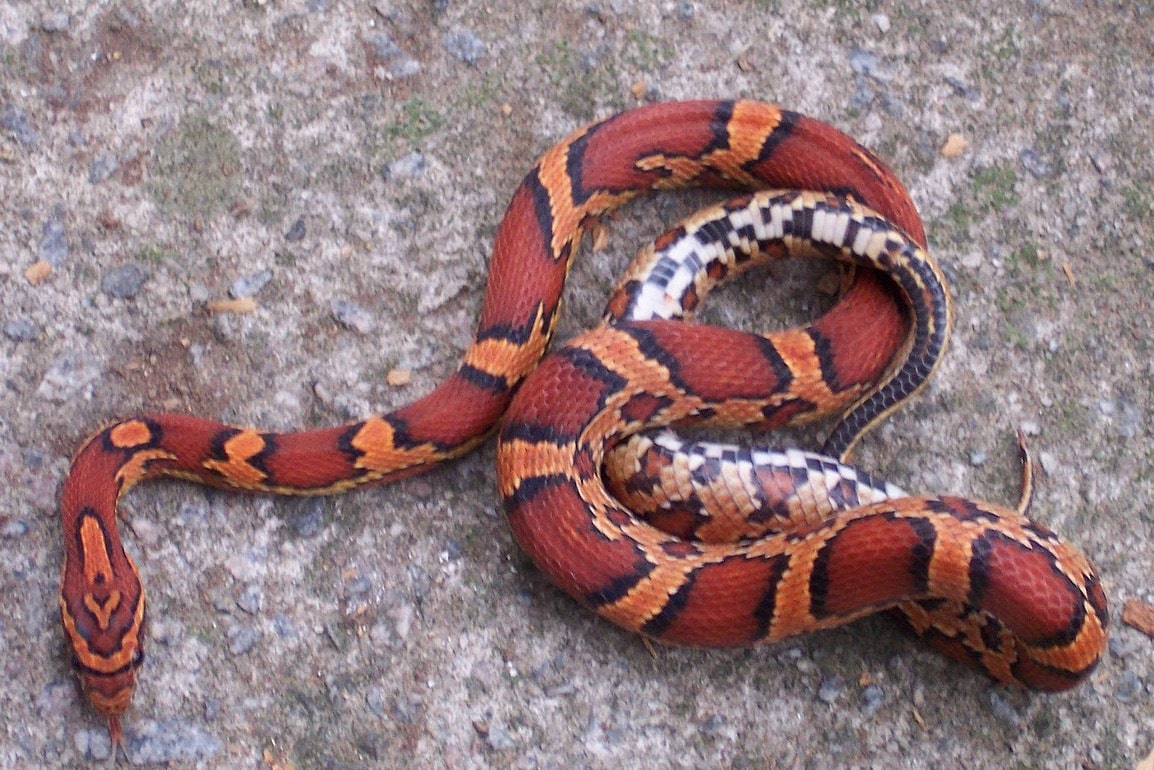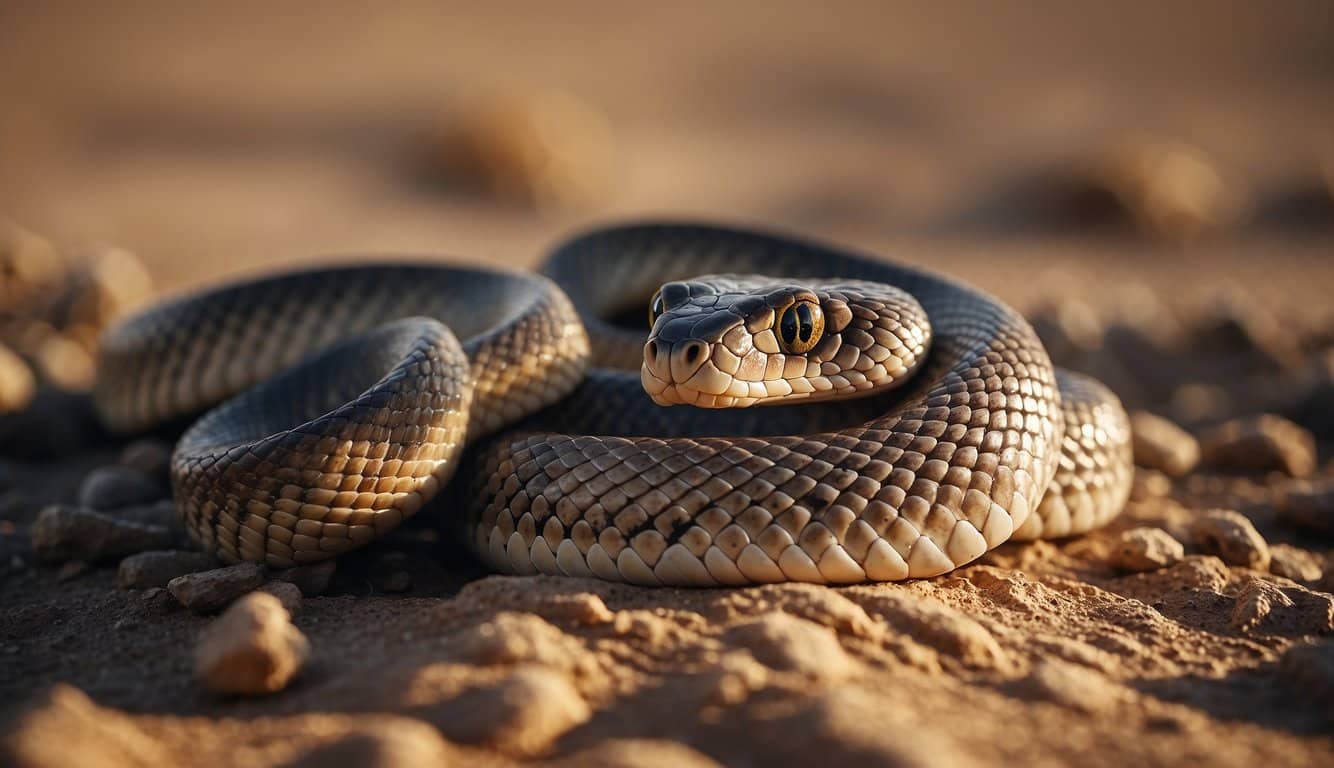Snakes have a remarkable ability to survive for extended periods without food due to their slow metabolism. The duration a snake can go without eating depends on several factors, including the species, the temperature of their environment, their size, and their overall health. Here’s a table outlining the general information:

| Question | How Long Can Snakes Go Without Eating? |
|---|---|
| Answer | Varies Widely |
| More Info | The duration snakes can fast varies significantly: |
- Young Snakes: Typically need to eat more frequently due to their faster growth rates.
- Adult Snakes: Larger species and adults can often go for several weeks to months without food. For example, larger constrictors and some adult snakes can survive for months without eating, especially during cooler months when they enter a state similar to hibernation (brumation).
- Seasonal Factors: In colder months, snakes often eat less or not at all as their metabolism slows down dramatically.
- Health and Stress: A snake’s health and stress levels can also affect their eating frequency. A stressed or sick snake may eat less or refuse food.
It’s essential to understand the specific needs of the species in question and monitor their health regularly, as prolonged refusal to eat can also indicate health issues.
Food Can Be Scarce, Snakes Can Fast For a Long Time
Several factors contribute to how long you can expect your snake to survive without consuming food. It is worth noting that snakes are remarkably resilient creatures capable of enduring extended periods without eating.
Below are key elements that shape this capability:
- Species: Different species of snakes have varying metabolisms and can cope with longer fasts.
For instance, a ball python might last up to 6 months without food, whereas a corn snake typically can’t thrive beyond a couple of weeks without eating.
- Size: Larger snakes generally store more energy and thus, can fast for more extended periods. In contrast, smaller snakes have less energy in reserve, which necessitates more frequent feeding.
- Age: Younger snakes, or juveniles, need to eat more often to sustain their growth. This contrasts with adults, which may go longer without food.
- Health: A healthy snake in its prime can endure fasting longer than an older or sickly one.
- Environmental Conditions: Snakes in warmer climates might have higher metabolic rates and need to eat more often. However, those in brumation (a hibernation-like state) during colder months will have lowered metabolic demands.
- Metabolic Rate: Snakes lower their metabolism to conserve energy, as discussed on Live Science. This adaptation allows them to survive prolonged periods without sustenance.
Physiology of Snakes’ Feasting and Fasting
Snakes exhibit a remarkable ability to manage their energy requirements, which allows them to survive long periods without food. Your understanding of how they do this starts with their metabolism.
- Metabolism: Snakes have a slower metabolism compared to many other animals. This pacing conserves energy when food is scarce.
- After feeding, snakes can take days to months to fully digest their meals, depending on the size of the prey.
The feeding and fasting cycle is influenced by several factors:
- Temperature: Being cold-blooded, snakes rely on external temperatures to regulate their metabolic rate. Cooler environments slow down digestion and extend the fasting period.
- Size and Species: Larger snakes and certain species can go longer without food. It’s not uncommon for some snakes to fast for up to six months under the right conditions.
During fasting, snakes undergo several physiological changes:
- Lowered Heart Rate: The snake’s heart rate drops to conserve energy.
- Decreased Digestive Activity: Their digestive system slows significantly or shuts down, minimizing energy expenditure.
- Energy Reserves: Snakes utilize their fat stores and even muscle tissue as a last resort for nutrients.
Here are a few specific examples:
- For short-term fasting, snakes can comfortably last a few weeks without seeing a noticeable impact on their health.
- In instances of prolonged fasting, a few months might pass before the snake’s health begins to decline, subject to the individual snake’s condition and species.
Learn more about the duration and effects of fasting in snakes, including what happens to their body during these periods.
Fasting is a a Survival Strategy

In the face of food scarcity, snakes employ specific tactics centered around conserving energy and reducing their metabolic rates. These survival strategies underscore their adaptive abilities to cope with limited food availability.
Energy Conservation
- Behavioral Adaptations: When your food supply dwindles, snakes exhibit behaviors such as:
- Becoming less active to reduce energy expenditure.
- Basking in the sun less frequently, as a way to maintain body temperature without the need for food energy.
- Physical Responses: Snakes might also:
- Limit unnecessary growth and reproductive functions.
- Shrink their gut to conserve energy, redirecting it from digestion to more critical survival processes.
Metabolic Rate Reduction
- Physiological Adjustments: During prolonged periods without food, snakes can:
- Manually lower their heart rate and breathing to reduce energy needs.
- Adjust their body’s biochemical pathways to slow down metabolism.
- Effects on Health: This metabolic slowdown allows snakes to:
- Extend their survival by several months, and in extreme cases, up to a year or more, depending on species and environmental conditions.
- Survive with minimal negative impacts on their overall health, provided fasting does not extend beyond their physiological limits.
Effects of Fasting on Snake Health
Snakes are designed to handle periods without food, due to their ectothermic nature and slow metabolism.
Here’s what you need to know about fasting and snake health:
- Energy Conservation: Snakes reduce their metabolic rate to conserve energy during fasting. This adaptation allows them to last longer without food.
- Weight and Muscle Mass: Prolonged fasting can lead to weight loss and potential loss of muscle mass. Monitoring your snake’s body condition is essential.
- Immune Function: A lack of nutrients over extended periods can suppress the immune function, making your snake more susceptible to diseases.
- Digestive Health: Regular feeding schedules support healthy digestive processes. Fasting for too long may disrupt gut function.
Specific Health Considerations During Fasting:
- Weight Monitoring: Consistently check your snake’s weight to ensure it’s healthy.
- Behavioral Signs: Watch for signs of stress or aggression, which may indicate your snake is experiencing distress from fasting.
- Hydration: Ensure that your snake stays hydrated even during fasting periods, as dehydration can further impact health.
Variation by Species
When you’re considering how long snakes can go without eating, it’s essential to understand that their fasting abilities vary significantly by species. Here are some details that can give you a better idea of this variation:
- Ball Pythons: Known for being able to endure long periods of fasting, ball pythons may not require a meal for up to six months, particularly if they are not active or are in a cooler environment, which slows their metabolism.
- Corn Snakes: These snakes have a higher metabolism and thus a comparably shorter fasting threshold. A corn snake might need to eat more frequently, typically not surviving beyond a two-week period without food.
The ability of snakes to survive without food is not just a curiosity; it’s a reflection of their environmental adaptations and biological needs. Keep this in mind:
- Metabolic Rate: Snakes with lower metabolic rates tend to fast for longer. This trait is a survival adaptation that enables them in the wild to cope with periods when prey is scarce.
- Size and Age: Generally, larger snakes can go longer without eating. However, infant snakes require more frequent feeding schedules, and their survival can be jeopardized if they do not eat for about a week.
Here’s a concise list comparing different species’ fasting durations:
- Ball Python: 1 meal every 1–6 months
- Corn Snake: 1 meal every 1–2 weeks
- Burmese Python: Generally 1 meal every 4–6 weeks
Frequently Asked Questions
In this section, you’ll find detailed insights tailored to specific inquiries about how snakes endure periods without food.
How does the duration without food affect different species of snakes?
Different species of snakes can survive without food for varying lengths of time due to differences in metabolic rates. For instance, ball pythons can go months without eating, while other species might have shorter fasting thresholds.
What physiological changes occur in snakes during periods of starvation?
During extended periods without food, snakes experience a decrease in metabolic rate to conserve energy, and they might also tap into their fat reserves to survive.
How can the temperature or season influence a snake’s feeding requirements?
The metabolic rate of a snake can decrease in cooler temperatures, reducing its need for food. Snakes are often less active and require less energy, and therefore less food, in colder seasons.
What are the implications of prolonged fasting for juvenile snakes versus adults?
Juvenile snakes typically require more frequent feeding since they are still growing and need more nutrients. Extended periods without food can be more detrimental to their development compared to adult snakes.
How does the availability of water impact a snake’s survival without food?
While snakes can go weeks or months without food, they need water to stay hydrated. Dehydration can occur quickly and is much more critical to a snake’s survival than food.
What are the signs indicating that a snake is in need of food?
Signs that a snake is in need of food include noticeable weight loss and a lack of energy.
It’s also important to monitor their behavior, as changes can indicate hunger or health concerns.
Last update on 2025-04-19 / Affiliate links / Images from Amazon Product Advertising API




